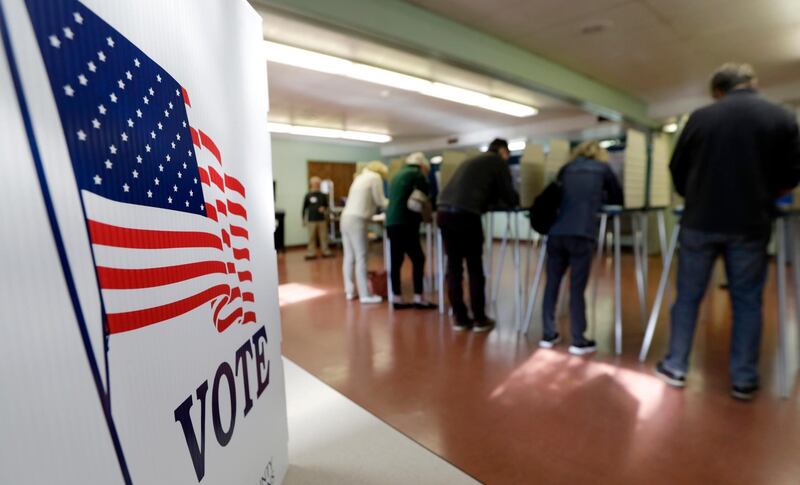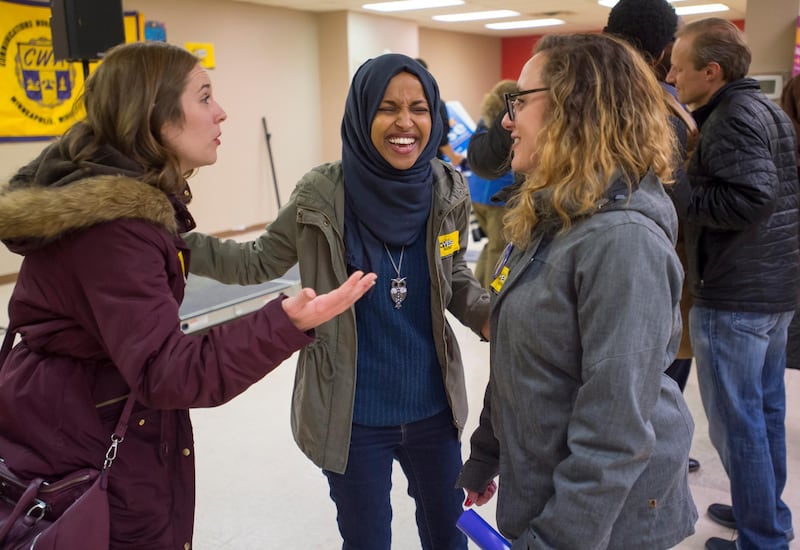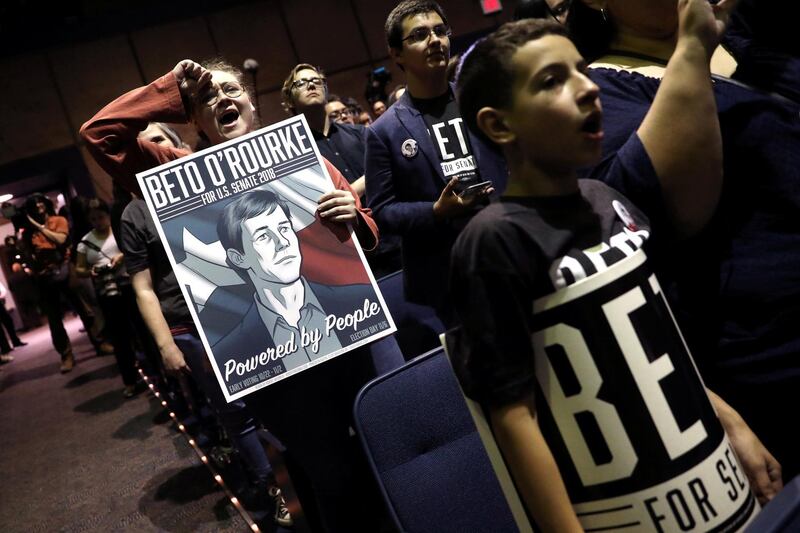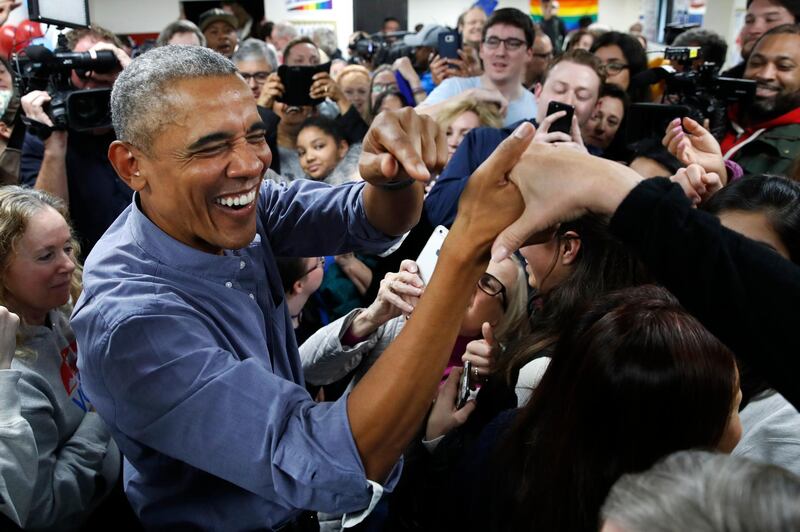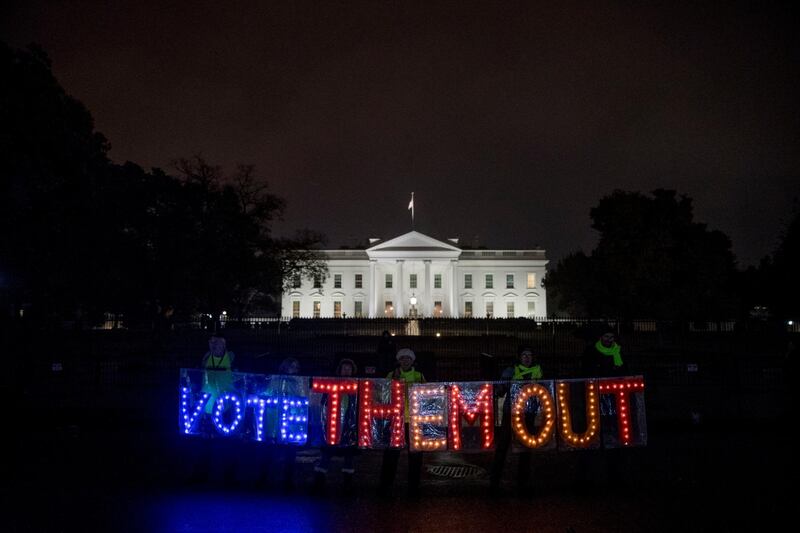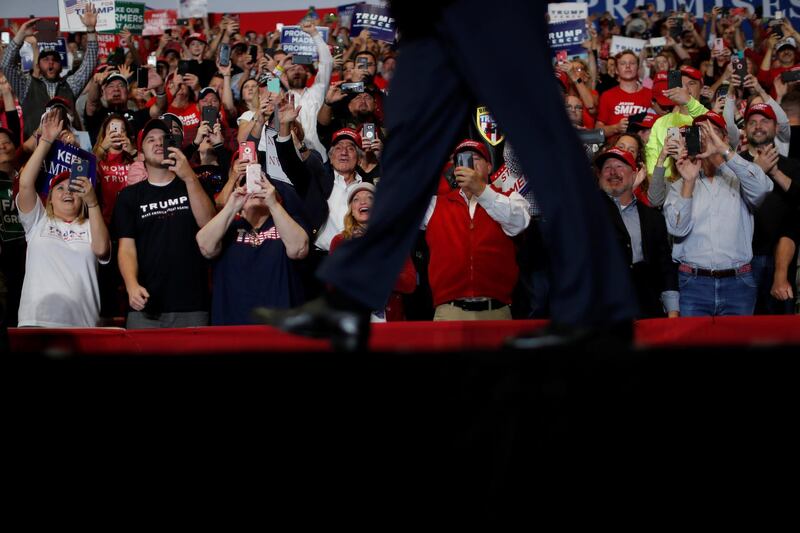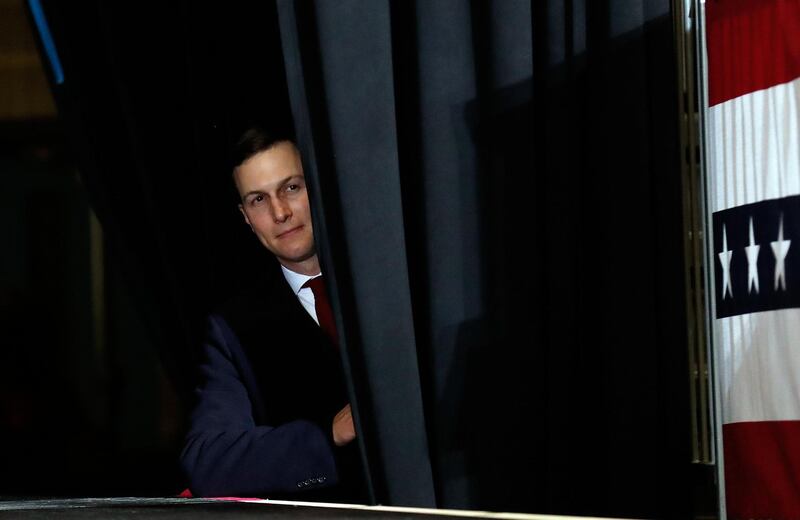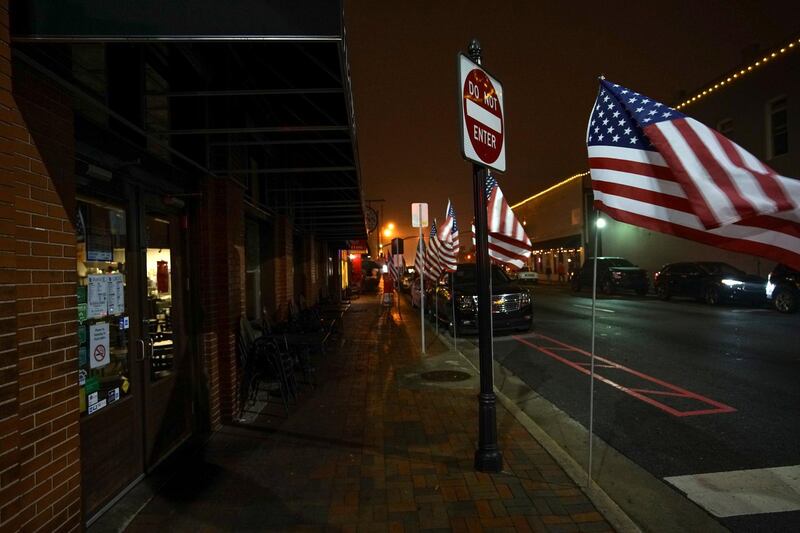Updates: Follow our live coverage of the midterms
The closest races in the US midterm elections remained within the margin of error as Democratic and Republican candidates made their final pitches on the eve of voting and the tone of the campaign worsened with President Donald Trump becoming embroiled in a race row.
Weeks of partisan campaigning peaked with the announcement that Facebook and US broadcasters had belatedly withdrawn an advertisement in which Mr Trump blamed Democratic officials for failings that led an illegal immigrant being free to kill two police officers.
Tight contests in Florida and Georgia meanwhile saw dirty tricks, with automated phone calls targeting two Democratic contenders who could become the states’ first African-American governors.
One such message claimed to be from the television presenter Oprah Winfrey and called Georgia candidate Stacey Abrams “a poor man’s Aunt Jemima” and other racial slurs. Ms Winfrey had actually endorsed and campaigned for Ms Abrams.
Calls to voters about Florida candidate Andrew Gillum had a background of jungle and chimpanzee noises. The telephonic slurs came days after Mr Trump’s agriculture secretary Sonny Perdue, at an event in Florida, called the election “'cotton-pickin’ important”, a term with connotations of slavery.
_______________
Read more:
Millions of US electors cast early ballots ahead of midterms
2018 midterms: everything you need to know about the US elections
Foreign policy offers Trump opportunities to withstand midterm blows
_______________
Polling experts projected on Monday that the Democrats were likely to win back the House of Representatives. Nate Silver of FiveThirtyEight put the former’s odds at around six in seven, while adding a caveat that high probabilities do not equate to certainties. The House has 435 seats and for the Democrats to reach the majority figure of 218 they need 23 more wins than they registered in 2016.
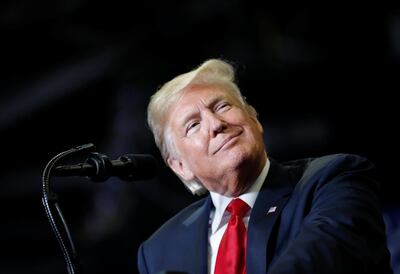
The Senate though looks set to remain in Republican hands, with FiveThirtyEight putting those odds at five in six. Thirty-five of Senate’s 100 seats are being contested. Republicans currently have a 51- 49 majority but many of the seats up for grabs are in states that voted for Mr Trump in 2016.
At his last campaign stops in three Midwestern states – Ohio, Missouri and Indiana – Mr Trump defended an advertisement that news broadcasters Fox, CNN and NBC, had refused to air.
The ad aired during peak viewing time on Sunday evening and caused a backlash from NBC viewers who found it offensive. The network then withdrew it.
Mr Trump was unapologetic about the ad, saying a lot of commercials had been aired and insisting they had proved effective. “A lot of things are offensive. Your questions are offensive a lot of times,” he told a journalist.
While addressing a crowd in Cleveland, the president did not change tack, keeping up his anti-immigration rhetoric and repeating claims that illegal voting could damage Tuesday’s elections – a tactic he deployed before his White House victory two years ago.
“Democrats are inviting caravan after caravan of illegal aliens to flood into our country,” he said. “If you want more caravans and more crimes, vote Democrat. If you want strong borders and safe communities, vote Republican,” he said.
The high-charged atmosphere and Mr Trump’s many public appearances in the last days of campaigning is aimed to maximise Republican voter turnout, analysts said. But if turnout is high among moderates the strategy could backfire by pushing such voters toward the Democrats as a sign of their rejection of Mr Trump’s presidency and agenda.
Turnout is traditionally low in the US midterm elections, with the 2014 polls seeing a post-war record low of just 37 per cent.
But analysts said a sharp rise is likely this year, partly because of anger at Mr Trump’s tenure. The US Elections Project, an information source based in University, predicted turnout would reach 44.8 per cent.
______________
Read more:
Las Vegas holds the key to Democrats' Senate dream
US midterm results could constrain Trump’s Middle East agenda
2018 midterms: everything you need to know about the US elections
